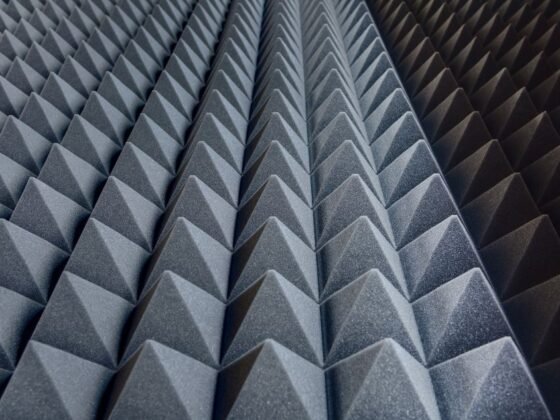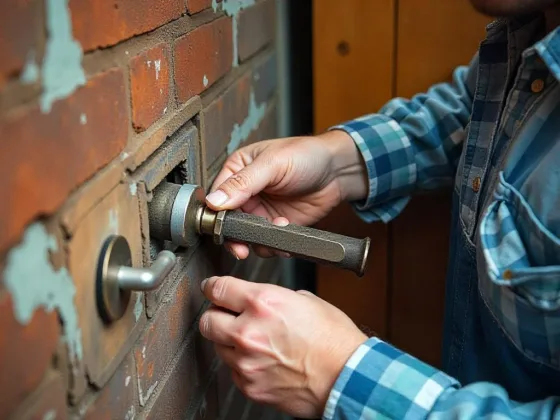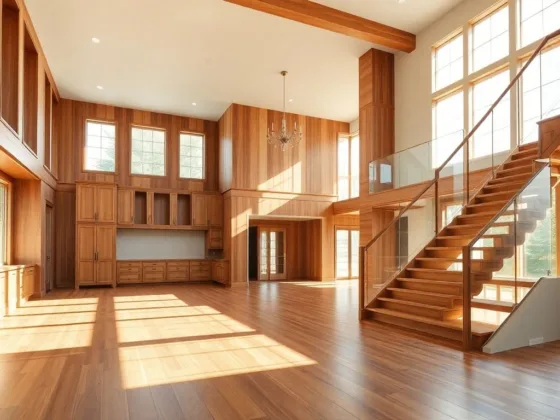Table of Contents Show
Caring for elderly parents often means adapting your home to meet their needs. As they age, navigating a standard home can become challenging, with everyday features turning into potential hazards. Simple activities like using the bathroom or moving through the house can pose risks.
It’s essential to modify your home and address these hazards to ensure their safety and comfort. This article outlines practical steps to transform your living space into a safe and accessible environment for your aging parents.
Assessing Your Parent’s Needs
When assessing the needs of your elderly parents, it’s important to first understand their specific health and mobility issues. Start by conducting a detailed safety assessment of your home.
Look for potential risks like loose rugs, uneven floors, or poor lighting that could lead to falls or accidents. It’s also crucial to consider the ease of navigation around the house, especially if they use mobility aids like walkers or wheelchairs.
Have a conversation with your parents about what they find challenging in their daily routine. This can include difficulties they face while using the bathroom, kitchen, or climbing the stairs.
Bathroom Safety
Traditional bathtubs can pose a significant risk due to their high sides and slippery surfaces. Opting for tub-to-shower conversions greatly minimizes the risk of falls. These conversions typically involve removing the bathtub and replacing it with a shower base that has little to no threshold, making it easier to enter and exit.
Additionally, installing features like grab bars provides extra support and balance. Elevated toilet seats also play a role in enhancing bathroom safety by reducing the effort required to sit down and stand up, thereby decreasing the likelihood of strain or slips.
Kitchen Adaptations
Replacing traditional knobs or faucets with lever handles simplifies their operation, especially for those with limited hand strength or arthritis. Lowering countertops makes them accessible for seniors who may find it difficult to reach or stand for extended periods. This adjustment allows them to perform kitchen tasks comfortably while seated.
Providing accessible kitchen tools, such as easy-grip utensils, can also make cooking and food preparation safer and more manageable. It’s important to organize the kitchen layout so that frequently used items are within easy reach, reducing the need for stretching or bending.
These adaptations not only help in preventing kitchen-related accidents but also encourage elderly individuals to maintain an active role in kitchen activities.
Bedroom Adjustments
The height of the bed is critical; it should be easy to get into and out of without straining. An adjustable bed is a good option as it allows for changes in position and height, catering to varying needs and health conditions.
Accessibility in the wardrobe is also important. Clothes and personal items should be within easy reach, eliminating the need to stretch or bend excessively.
This can be achieved by using lower hanging rods and shelves. Moreover, lighting plays a vital role in bedroom safety. It should be bright enough to walk around easily, especially during the night.
Consider installing night lights or motion-sensor lights that illuminate the path to the bathroom, reducing the risk of trips or falls in the dark.
Living Room/Common Areas Modifications
Selecting the right furniture is essential, particularly chairs and sofas that are easy to sit in and stand up from. These should be at a height that doesn’t require too much effort to get in and out of.
Additionally, consider the firmness of the seating, as too soft furniture can be difficult to stand up from. Removing clutter and ensuring clear pathways can significantly reduce the risk of falls. The layout should allow ample space for movement, especially for those using mobility aids.
Accessibility Throughout the Home
Widening doorways is crucial to accommodate mobility aids like walkers or wheelchairs. This change enables seniors to pass through different areas of the house without hurdles. Removing thresholds between rooms is another important step.
Thresholds can be trip hazards, so having a flat transition surface between rooms is safer. Installing non-slip flooring throughout the home significantly reduces the risk of slips and falls, a common concern for elderly individuals.
Good lighting is essential in all areas of the house. It should be bright enough to clearly illuminate paths and remove shadows that can cause confusion or missteps.
Prioritizing and Budgeting for Modifications
Start by creating a comprehensive list of potential changes that would improve safety and comfort. This list should include both minor and major modifications. Next, prioritize these modifications based on the immediate needs and risks.
For example, addressing fall hazards like loose carpets or poor lighting might take precedence over aesthetic changes. It’s important to set a realistic budget that reflects the cost of these modifications. Always include a contingency fund in your budget for unforeseen expenses, as home improvement projects often encounter unexpected costs.
Additionally, research financial assistance options available in your area. Your region might offer grants, loans, or subsidies specifically for home modifications to assist older adults. These can significantly reduce the financial burden and make the project more feasible.
Ongoing Maintenance and Adaptation
Regularly inspect all modifications, especially safety features like grab bars, ramps, and non-slip flooring, for signs of wear and tear. Addressing these issues promptly is key to maintaining a safe environment. As the physical needs of elderly parents evolve, be prepared to adapt the living space accordingly.
This may involve adding new modifications or adjusting existing ones to better suit their changing needs. For example, as mobility decreases, you might need to install additional handrails or consider more accessible furniture arrangements.
Professional Assistance and Hiring
When hiring any contractor or specialist, it’s essential to conduct thorough research.
Start by checking their credentials to ensure they have the necessary qualifications and experience. Reading reviews and testimonials from previous clients provides insights into their reliability and the quality of their work.
Additionally, ask for references. Before finalizing any agreements, get detailed written estimates to avoid surprises with costs or the scope of work.
Conclusion
Adapting your home for elderly parents involves thoughtful modifications across various areas. From bathroom safety to kitchen adjustments, each change must enhance their comfort and independence. Regular assessments and updates are key, considering their evolving needs.
These efforts reflect your care and commitment, making your home a safe haven where your parents can enjoy their golden years with dignity and ease.










